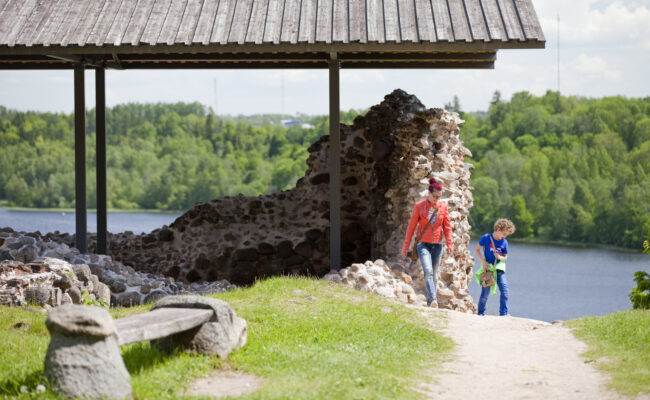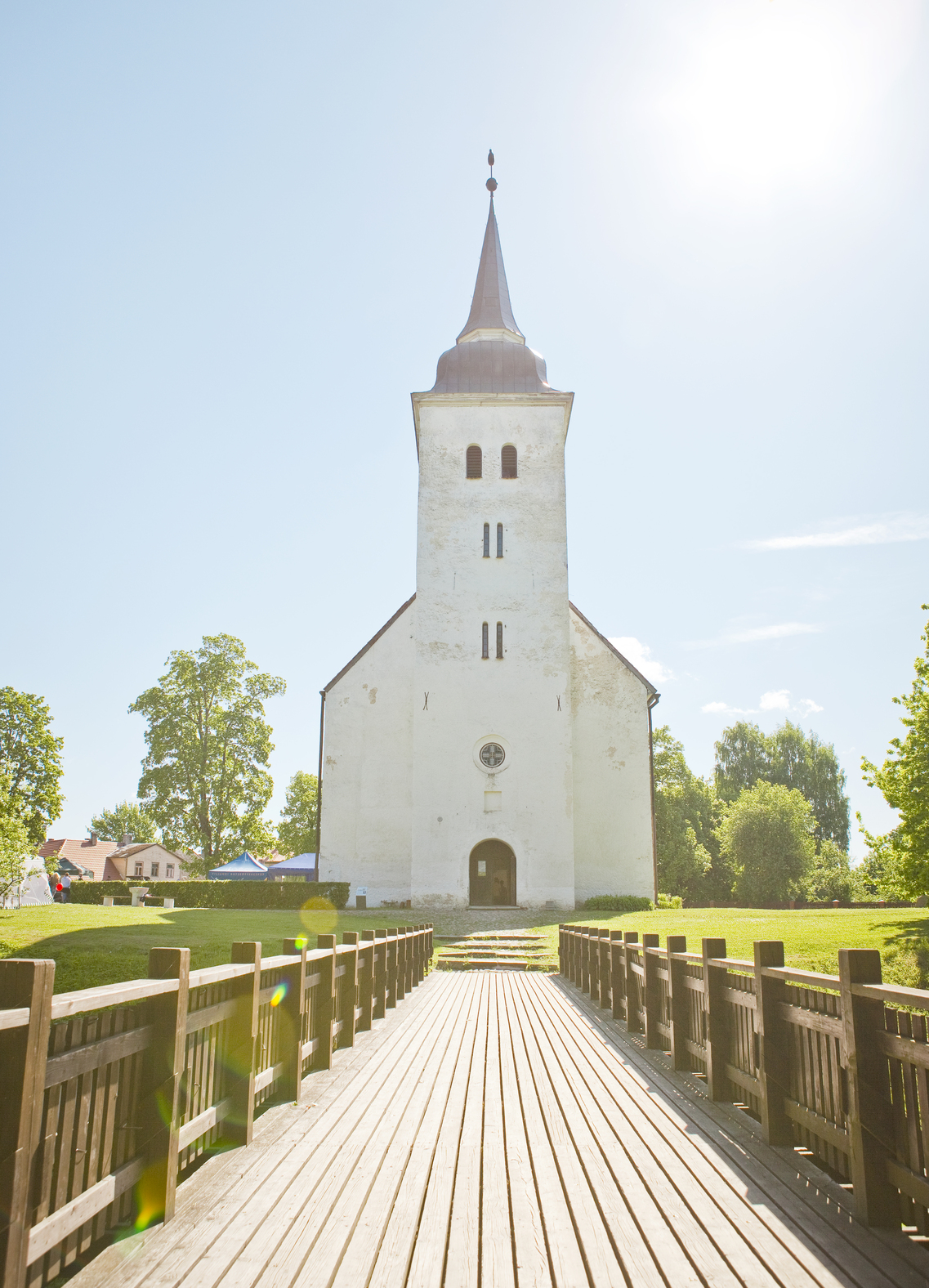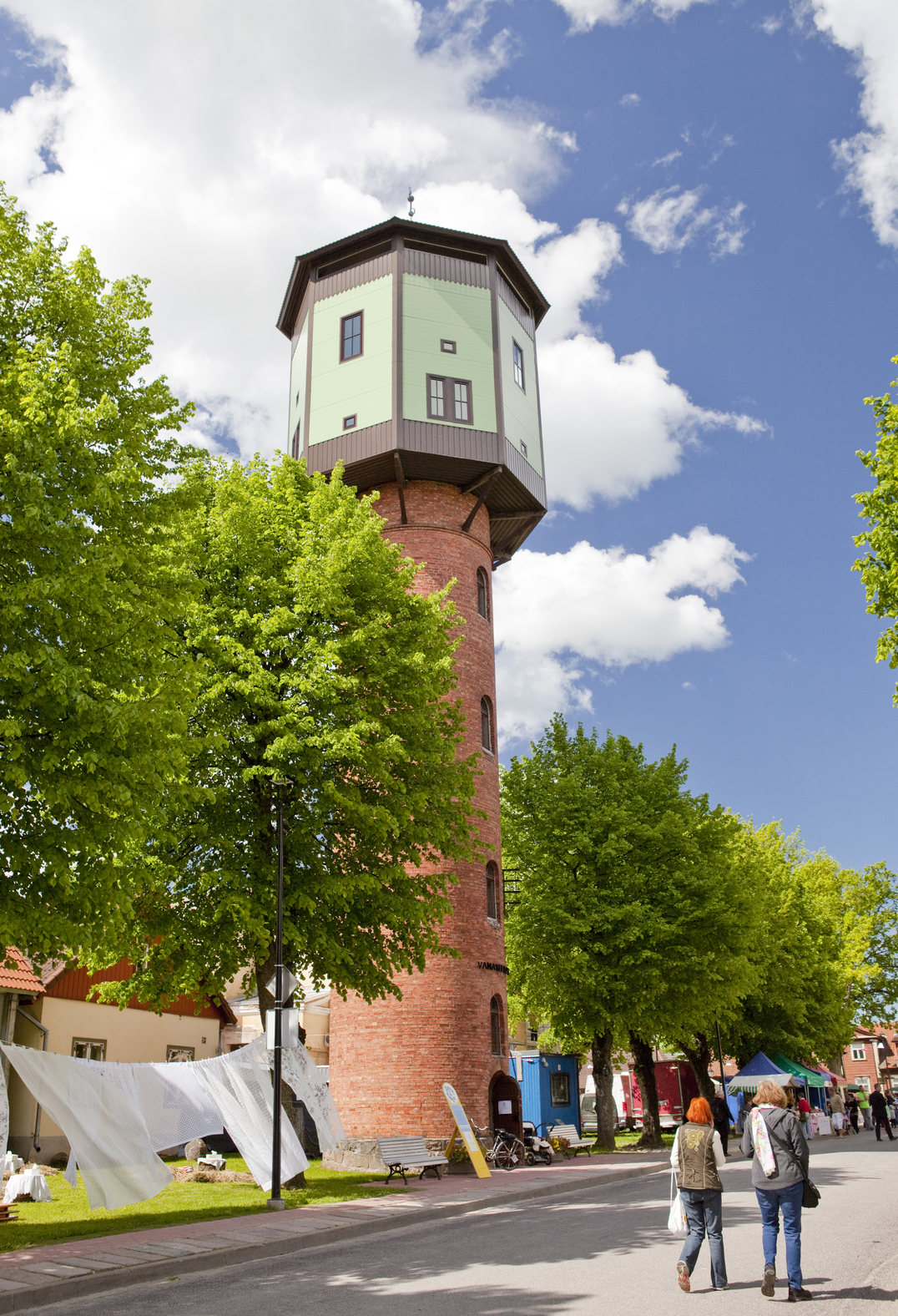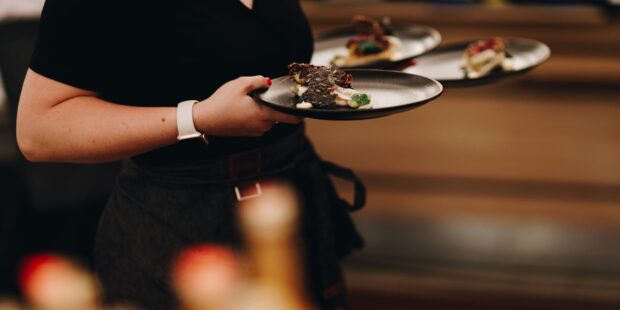Viljandi: From a difficult past to a beautiful present
The expression “chocolate-box” is used to describe a place that seems too lovely to be true, an idealised image of a rural town only found on souvenirs. Viljandi feels like that image come to life; quaint, unspoilt and beautiful. Its history however, and Estonia’s history, is a far cry from today’s tranquility.
So often beautiful places are flawed, be it bad architecture, ugly cables filling the sky or bright plastic advertising, there is something that detracts from the overall feeling. Viljandi however, is consistently charming. The ruins of its medieval castle sit modestly on the hill amongst pristine grass lawns, mossy rocks and leaves fallen from the surrounding forests. To the south and east curves the deep blue lake, still and silent and to the north is the town itself, a charming mix of historic but pristine churches, town hall, a fairytale water tower and quiet cobbled streets lined by beautifully kept wooden or red-brick houses with steep tiled roofs.
This is a great place for a relaxing weekend, for wandering up to the castle ruins, sitting to read a book or just day-dreaming at the amazing views before walking into town for a coffee and to enjoy the loving details the architects have hidden in their buildings. Then maybe down to the lake, for a swim, or an ice cream, then finally heading back to the centre for a good meal in a cosy restaurant.
The fact that Viljandi feels quite so relaxing and enjoyable is even more impressive considering the long, complicated and often troubled history that brings it to the present day.
Early settlers were probably attracted to the Viljandi area because of its geography. Estonia is a flat country, the highest peak is only 318 metres high, and hills are few and far between. So Viljandi became an obvious place to settle and there is evidence of people living in the area from as long ago as 5000 bc. By the 12th century a hillfort had been established and in 1224 construction began on the castle.
The town quickly grew and by the 14th century Viljandi was important enough to become a member of the Hanseatic League, a commercial organisation that connected trading areas around the Baltic.
At that time the Estonian area was controlled by the Livonian Order, itself part of the Teutonic Order, a religious military group controlling most of the Baltic territories. The area was of great importance because of the access it controlled not only to Russia but also to trade routes to Constantinople and beyond. Unfortunately, the fortunes of Estonia and Viljandi were soon to take a turn for the worse.
Inevitably, an area of such economic and strategic importance attracted interest from Livonia’s powerful neighbours and although Viljandi castle helped resist attacks from Ivan The Great, the Livonian Order stood no chance when the armies of Russia, Sweden, Denmark and Poland invaded in the 16th century.
Following its defeat, control of Estonia was eventually divided between Denmark in the North and Sweden to the south. The war however, in which Viljandi castle and town were destroyed, was devastating. Famine was widespread, the population crashed to less than 100,000 and there are even records of cannibalism.
Slowly, with the help of Finnish and Russian immigrants, the population began to recover until a series of bad harvests led to the Great Famine of 1695-1697. Once more the population was ravaged and around 70,000 people died in just two years.
The famine mostly affected territory under Swedish rule and her enemies were quick to take advantage. Estonia now found itself in the middle of the Great Northern War and by 1710 the area was under Russian Control. Once more the human cost was great and a particularly severe outbreak of the plague during the war left towns and villages across Estonia completely devastated.
The end of the war finally meant peace for Estonia and society could begin to recover. Grain became the main export, much of it used to produce spirits for Russian consumption, serfdom was abolished and there was access to education, perhaps the first step in the road toward Estonian independence in 1918.
Viljandi, devastated by war and famine, would never again have the same importance, but the mix of intervening empires in the area is still reflected in the mix of architectural styles seen throughout the town. Today, instead of being a centre of military and commercial importance, the town is proudly known as the cultural capital of Estonia.
Where to eat:
Viljandi Kohvik
Lossi 31
This combined cafe and restaurant has a seating area with a selection of excellent, hearty meals although, as the queues will attest, many are tempted just to choose something, or two somethings, from the amazing selection of cakes and snacks.
Amrita Cafe
Tallinna 29A
amritacafe.ee
This restaurant has seating inside and outside and plenty of space for kids, the food is amazing and plentiful, they have vegetarian options, the staff are lovely and the owner makes a great espresso.
Click on the address to see the location.
TEXT HENRY LOVELESS, PHOTOS ANDREI CHERTKOV
To learn more about this and similar topics












